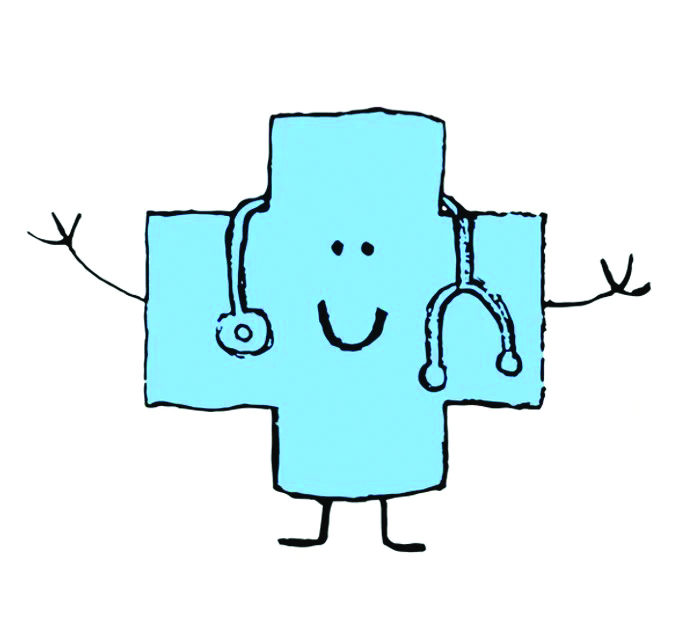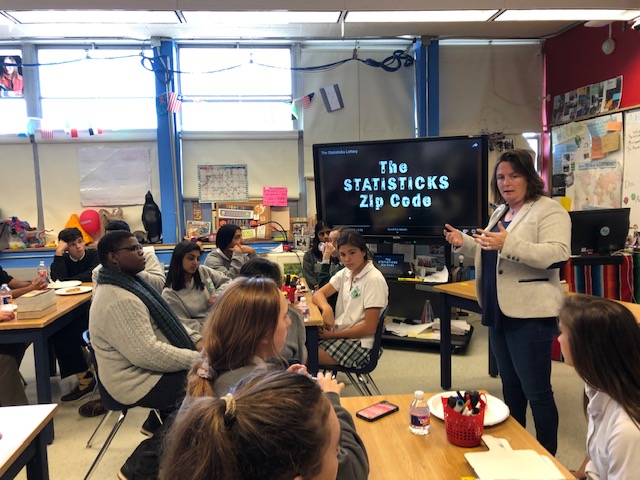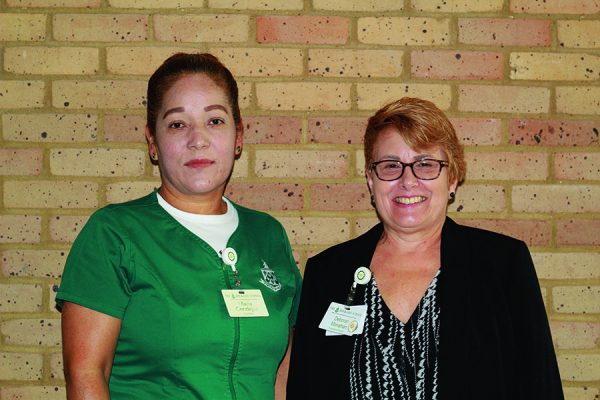Disparities in health care
Economic, racial and gender differences affect accessibility
January 29, 2023
When senior Princess Ogiemwonyi learned the maternal mortality rate for black women in America is nearly three times higher than that of their white counterparts, she made it her mission to lower that ratio.
This is just one example of how health care disparities affect women and minorities. According to the CDC, “health care disparities” refers to preventable differences in health in populations disadvantaged by their social or economic status, geographic location and environment. The people most affected are racial and ethnic minority groups, people with disabilities, women and people who are LGBTQI+.
Gender health care disparities:
Though people of all backgrounds suffer from health care disparities, women and girls are disproportionately affected. Women have lower status in most societies, according to the World Health Organization, which means less control over their bodies, exposing them to violence, coercion and harmful practices. Women and girls also face high risks of unintended pregnancies, sexually transmitted infections including HIV, cervical cancer, malnutrition and depression, among others.
The WHO said gender inequality poses barriers for women and girls to access health information and critical services, including lower literacy rates and discriminatory attitudes of health care providers. These attitudes also can extend to medical trials and research.
As an example, nurse Jill Dorman said the study of cardiology owes women an apology. When she was a cardiac nurse, cardiology was a relatively young area of medicine. However, she said as knowledge surrounding cardiology expanded, it was mainly curtailed to males. This resulted in women not recognizing cardiac symptoms and experiencing heart attacks.
In epidemiology class, students can gain insight into such health care disparities and how and why diseases occur.
“I want to be a doctor so I took the infectious diseases class because I thought it would help me gain a better view of the public health system and health care in general,” Ogiemwonyi said.
She said she wishes to become an OBGYN and attempt to lower the maternal mortality rate.
“Giving birth at all is an intimidating process, so no one should have to worry about not being taken care of due to their identity,” Ogiemwonyi said.
Racial/Ethnic health care Disparities:
During COVID-19, health care disparities became more significant. The CDC found that housing patterns, work circumstances and other factors put members of some racial and ethnic groups at higher risk of COVID-19 infection, severe illness and death.
According to the Center for Medicare Advocacy, populations commonly underserved in the American health care system include African Americans, Latinos, Native Americans and Asian Americans. A 2011 study estimates that the economic cost of health disparities due to race from 2003 to 2006 was a little over $229 billion.
In addition, language may threaten the quality of care for those with limited English proficiency. In one study, over a quarter of patients with limited English proficiency who did not get an interpreter reported they did not understand their medication instructions. By comparison, only 2% percent of those who did receive an interpreter did not understand their medication instructions.
Change is needed to solve the urgent problem of health care disparities. The Urban Institute calculated the Medicare program would save $15.6 billion per year if health disparities were eliminated. Recently, the CDC launched the COVID-19 Response Health Equity Strategy which sought to improve the health outcomes of populations affected by health care disparity.
Student leaders also have tried to combat the disparities. Class of 2022 alumn Mina Raj founded a social impact group called Don’t Wait to Vaccinate during the pandemic, with a mission to empower individuals and communities to get the COVID-19 vaccine. The group provides easily understandable information and hosts live vaccine registration events.
“Some people do not have the same opportunity and resources that we have so we create events where those people could have access to getting registered or getting their vaccines,” said Macy Moscovic, president of Don’t Wait to Vaccinate.
The club goes to areas of Dallas that are less socioeconomically advanced and where people don’t have easy access to vaccines. Even though COVID is beginning to die down, the club continues to transform to suit the needs of today.
“Now we talk about the flu and encourage people to get their flu vaccines,” Moscovic said. “We also like to post on our Instagram on anything that’s related to viruses.”
Moscovic said even though students may live in a community that is pretty wealthy and does not face disparities, her club aims to provide the same opportunity to people who may not be as privileged.
“Some families have multiple kids and are concerned about whether they can go to school because they have to have their vaccine in order to be enrolled,” Moscovic said. “So even if you don’t really see the disparities, when you take yourself out of that position, you see that not everyone has what we have.”













